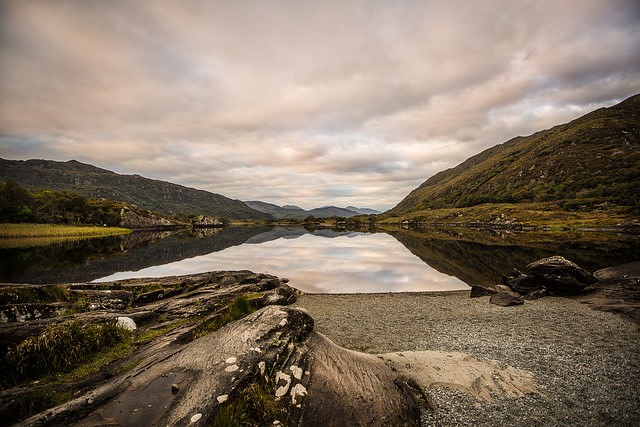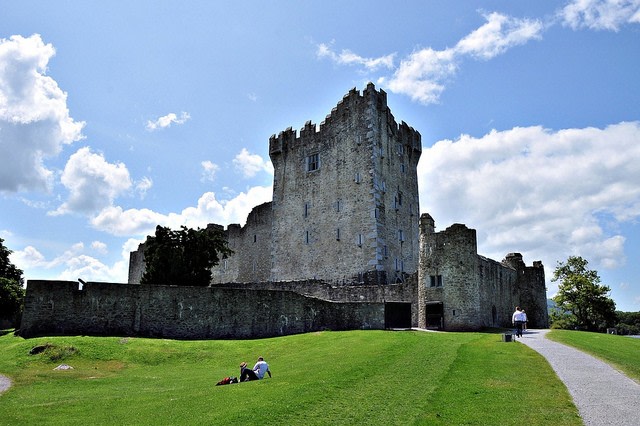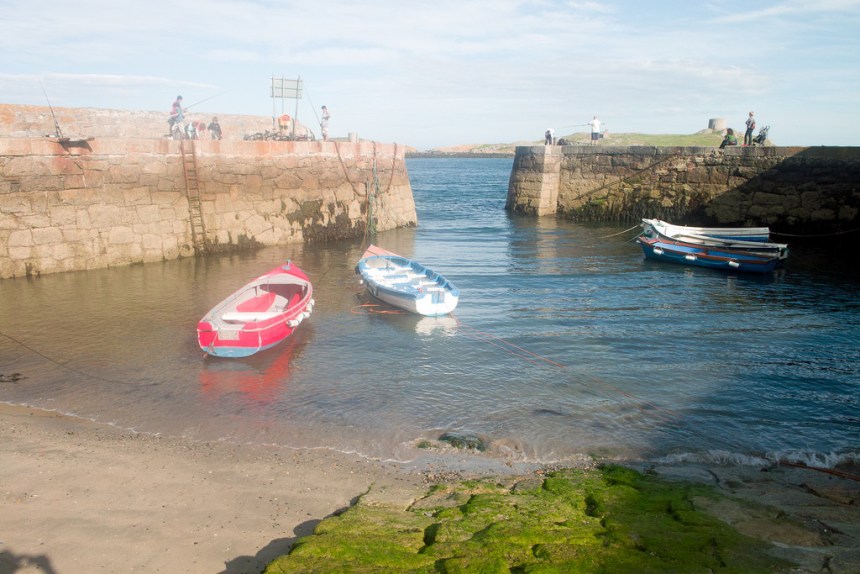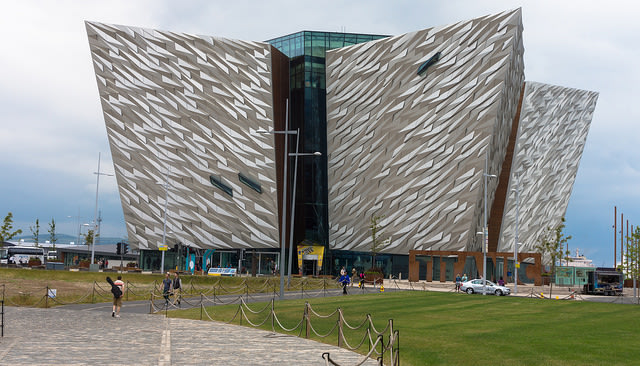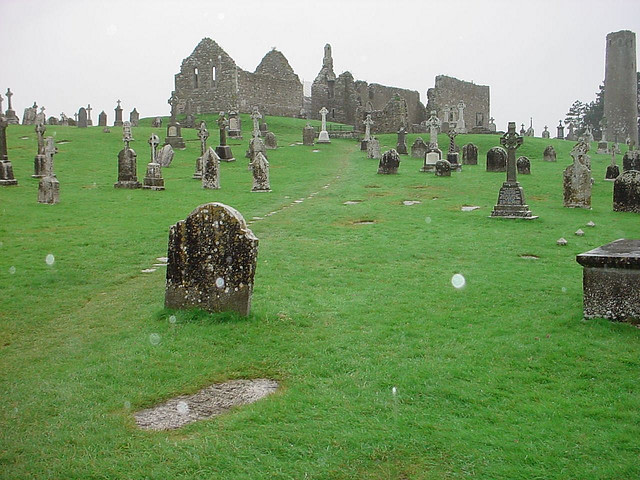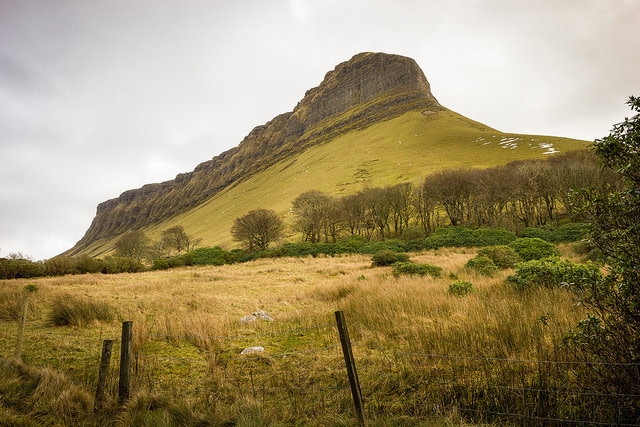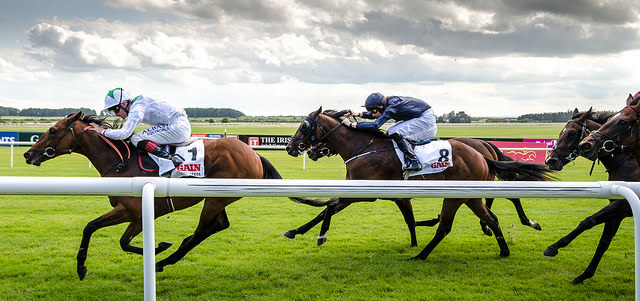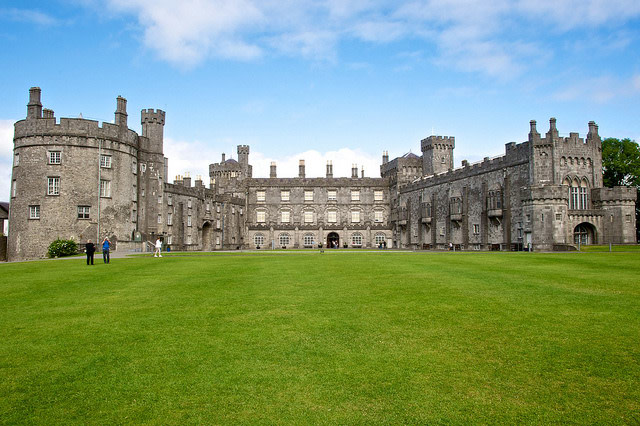| 7 mins read
By Julie Jennings
Ireland is well known for its rolling hills of green, breathtaking coastal areas, rich culture and folklore, flavorful whiskeys, as well as long, volatile history. Visitors come here to revel in the lush interior grasslands, dramatic cliffs and ancient structures, and to learn about its hospitable, long-enduring people and their customs. With so much to experience, here are some suggestions on the unique places to tour; though its always best to rely on an experienced Ireland Tour Guide to create an itinerary built around each traveller’s personal preferences.
Killarney National Park, established in 1932 and spanning 41 square miles (106 sq. km.), is located in southwestern Ireland near the popular tourist destination of Killarney. Visitors can explore the park on foot or by car and bus, but a unique way to tour the park is on a bicycle, using its extensive network of trails. Rental shops are available in Killarney Town. Of spectacular beauty in the spring are the gardens of 19th century Muckross House, where rhododendrons flourish from April to July. The mansion, once owned by the Guinness Family, is home to traditional working farms which are open for touring in the warmer months. The park also houses many natural wonders, such as Ireland’s tallest mountain range, McGillycuddy’s Reeks, whose peaks stand at over 3,280 ft. (1,000 m.). There is also one of Europe’s only remaining yew forests on the Muckross Peninsula, and Ireland’s native Red Deer, which has survived for nearly 10,000 years since the last Ice Age.
For those who enjoy boating, Killarney National Park is home to an abundance of lakes; signing up for a waterbus trip to one of the historic islands is a treat. Innisfallen Island was once a center of monastic study and the place where the Annals of Innisfallen were written in the 11th and 13th centuries. Dinis Island can be reached by boat, on foot or by bike along Muckross Peninsula. Travelers can enjoy a historic lodge and tearoom. Ross Castle, which can be seen along the shores of Killarney’s Lough Leane (Lower Lake), was built in the 15th century by O'Donoghue Mór, whom legend says rises from the lake once every seven years on the morning of May 1st to circle its shores on a white horse.
Picturesque seaside town and Dublin suburb, Dalkey was once known as a vital port and the entry point of the Plague in 14th century Ireland. However it is now better known as a nearby respite to Dublin’s busy streets and city pace. The beaches are nice in warmer seasons, offering boating and paddle boarding. Dalkey’s Norman castles will appeal to history buffs and its literary connections will appeal to writers, especially during its annual literature festival. Well-known residents such as Van Morrison and Bono discovered the appeal of Dalkey’s private, hillside neighborhoods enriched with coastal views, funky shops and award-winning restaurants and cafes along Castle Street, its main thoroughfare. Luxurious bed and breakfasts make up some of the beautiful homes along Dalkey’s scenic roads, and a DART electric rail station takes visitors to and from Dublin’s city center for easy access. If staying in downtown Dublin sounds hectic, then Dalkey offers a quiet base from which to explore the nearby city.
As part of the government’s obvious efforts to attract tourists to Northern Ireland’s capital, yet nonetheless popular, fascinating and worthwhile, is the Titanic Belfast. This 150,700 square mile (14,000 sq. m.) structure designed by a Texas architect to look like a modern version of a ship exterior opened to the public in 2012. Visitors will experience the conceptualization and creation of the RMS Titanic in Belfast in the early 1900’s, the ship’s short but powerful history and the resulting wreckage. This museum of sorts uses full-scale reconstructions, special effects, rides, and interactive displays to tell this tragic story. Visitors must pay to tour Titanic Belfast and allow several hours to fully appreciate the many galleries and cafes. If that leaves you wanting more, then make your way to the nearby Titanic Quarter, a 185-acre maritime regeneration project on the actual waterfront where the Titanic was built.
For travellers interested in ancient monasteries and Vikings, one of Ireland’s most important historical sites is Clonmacnoise, located in County Offaly near the River Shannon in central Ireland is a must visit. The site was founded in 544 by St. Ciarán, a young man from Rathcroghan, County Roscommon. Due to its strategic location, Clonmacnoise became a well-known center of religion, trade, craftsmanship, and learning in Ireland from the 8th to 12th centuries, but it was also attacked many times by the Irish, Vikings and Normans. The original wooden structures were replaced with durable stone ones over time, but its influence declined in the 12th century due to a number of factors. The historic towers, buildings and crosses of Clonmacnoise are easily reached by railway from Dublin. An app even exists to recreate a 3-D image of the monastery and its surroundings for those visiting this ancient treasure.
Benbulben proudly stands in the Dartry Mountains of northwest Ireland, specifically County Sligo. This unusually large and uniquely-shaped rock formation is located near Sligo Town making it easy to visit. The Yeats family of Ireland, known for their artistry, moved to County Sligo when Irish poet William Butler Yeats was but a young boy. The recipient of the Nobel Prize for Literature in 1923, W.B. Yeats is buried in Drumcliff, County Sligo. The area is known for its energetic nightlife and annual festivals featuring local Irish music, food, dance and crafts. Hikers can look forward to the climb up Knocknarea Mountain for stunning views of the Atlantic Ocean and as far away as Donegal. At the very top, sits Queen Maeve’s Tomb, a Neolithic passage tomb said to date back to 3,000 B.C.
County Kildare, just an hour or two from many of Ireland’s most popular destinations, conjures images of vast grassy plains and majestic thoroughbreds. This is also the place to drive over to the Mondello, Ireland’s international raceway with car and motorcycle events and private driving opportunities, the Kildare Town Heritage Centre for a medieval Irish experience, as well as some of Ireland’s most beautiful golf courses. The Irish National Stud is a 100 year-old thoroughbred farm in Tully for those with a love of everything equestrian or a simple curiosity about the breeding process; while visiting don’t miss on exploring its beautifully maintained Irish and Japanese gardens. The Curragh Racecourse is steeped in Irish horseracing and training history, with stories of chariot races dating back to the 13th century and its first horse race documented in the 1700’s. Throughout the year, races and festivals are hosted at the Curragh, with the infamous Irish Derby taking place in June.
For the truly adventurous in search of authentic Irish people and the beauty and skill of storytelling, visit the Ar mBréacha Storytelling House in the Wexford countryside of southwest Ireland, specifically Raheen, Ballyduff. This unique place offers local storytelling nights each month set around the fire in a 200 year-old home. Stories, music, tea, an Irish meal, and hospitality are what travelers will experience in all its authenticity. Located within driving distance of the well-maintained, 13th century Kilkenny Castle and Waterford, the home of the Waterford factory and historical and architectural sites.
Image Details and Licenses: https://flic.kr/p/a75tVa (Jody Halsted, CC BY-NC-ND 2.0), https://flic.kr/p/4G8oM8 (random letters, CC BY-NC-SA 2.0), https://flic.kr/p/77G9ev (Joachim S. Müller, CC BY-NC-SA 2.0), https://flic.kr/p/7c21BZ (Joachim S. Müller, CC BY-NC-SA 2.0), https://flic.kr/p/8sfpGA (Tolka Rover, CC BY-NC-SA 2.0), https://flic.kr/p/o5Xbyb (William Murphy, CC BY-SA 2.0), https://flic.kr/p/bXoihR (William Murphy, CC BY-SA 2.0), https://flic.kr/p/4fUjV (Laurenz Bobke, CC BY-NC-ND 2.0), https://flic.kr/p/5pbspE (yakshini, CC BY-NC-ND 2.0), https://flic.kr/p/ee13U7 (khdc, CC BY 2.0), https://flic.kr/p/9RkUL3 (Sean Rowe, CC BY-NC-ND 2.0), https://flic.kr/p/nRTDWC (Florian Christoph, CC BY 2.0), https://flic.kr/p/o7Hxd6 (Edster, CC BY-NC-SA 2.0), https://flic.kr/p/8uxNbg (William Murphy, CC BY SA 2.0)


